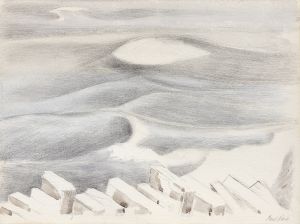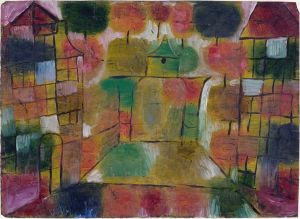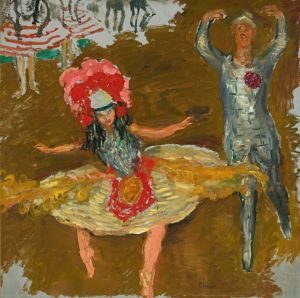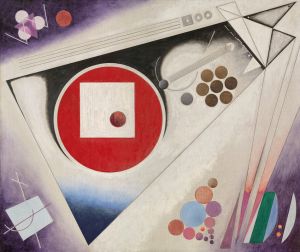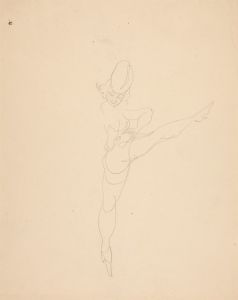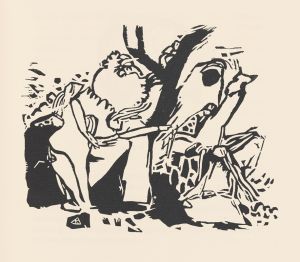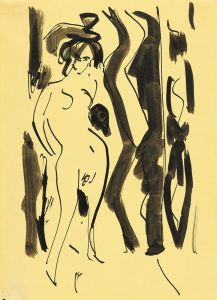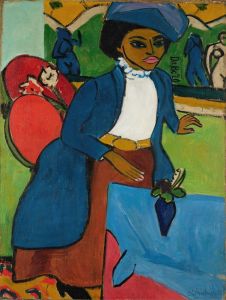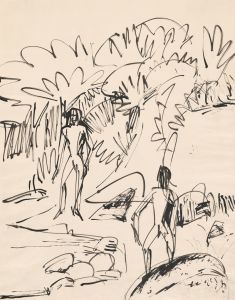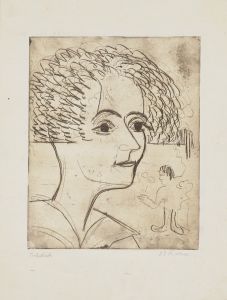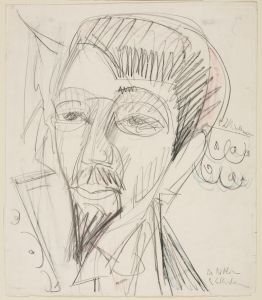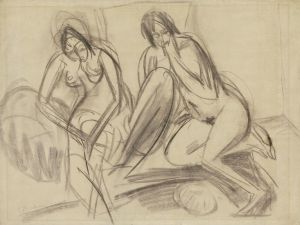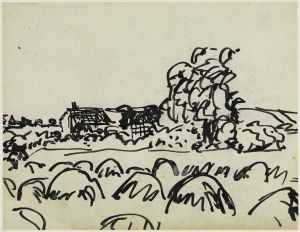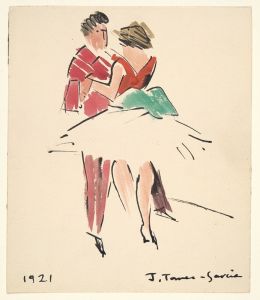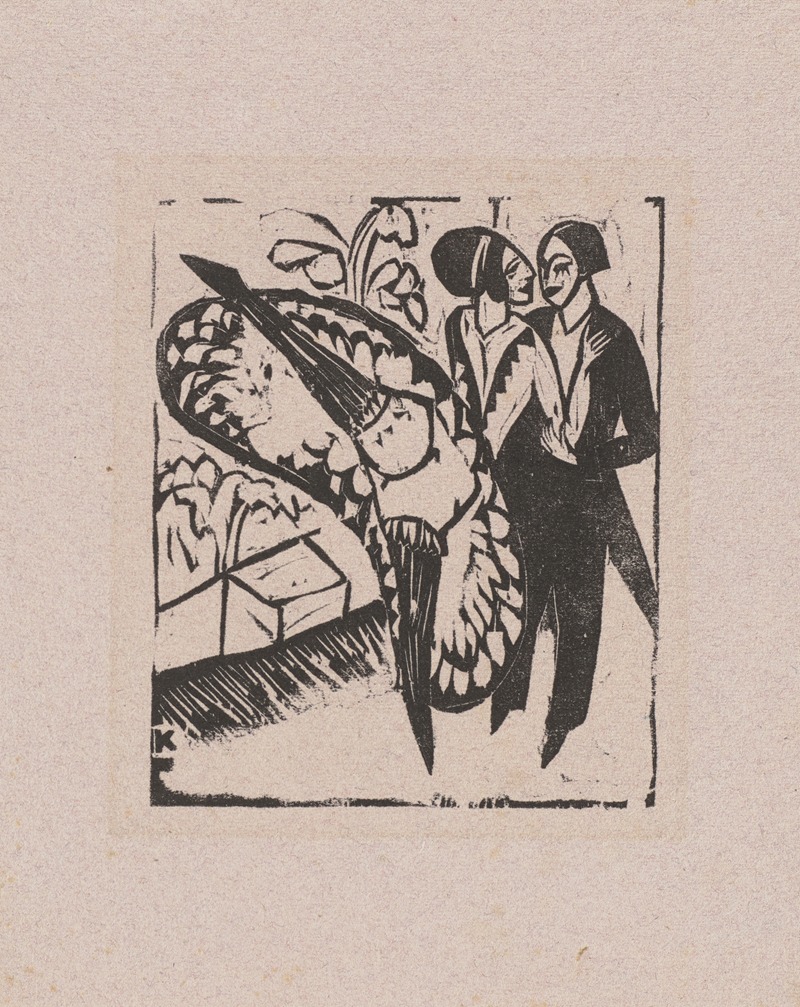
Schleudertanz
A hand-painted replica of Ernst Ludwig Kirchner’s masterpiece Schleudertanz, meticulously crafted by professional artists to capture the true essence of the original. Each piece is created with museum-quality canvas and rare mineral pigments, carefully painted by experienced artists with delicate brushstrokes and rich, layered colors to perfectly recreate the texture of the original artwork. Unlike machine-printed reproductions, this hand-painted version brings the painting to life, infused with the artist’s emotions and skill in every stroke. Whether for personal collection or home decoration, it instantly elevates the artistic atmosphere of any space.
Ernst Ludwig Kirchner was a prominent German expressionist painter and one of the founding members of the artist group Die Brücke (The Bridge), which played a pivotal role in the development of modern art in the early 20th century. Kirchner's work is characterized by its bold use of color, dynamic compositions, and a focus on the human figure, often exploring themes of modernity and urban life.
"Schleudertanz" is one of Kirchner's notable works, created during a period when he was deeply engaged with the vibrant cultural scene of Berlin. The title "Schleudertanz" translates to "Whirling Dance" in English, and the painting captures the energy and movement of a dance scene, reflecting Kirchner's fascination with the dynamism of modern life and the expressive potential of the human body.
Kirchner's style in "Schleudertanz" is emblematic of his expressionist approach, characterized by exaggerated forms, vivid colors, and a sense of immediacy and emotion. The painting likely depicts a scene from a cabaret or dance hall, environments that were popular in Berlin during the early 20th century and often served as inspiration for Kirchner and his contemporaries. These venues were seen as spaces of liberation and modernity, where traditional social norms could be challenged and new forms of expression could be explored.
In "Schleudertanz," Kirchner employs a dynamic composition that conveys the movement and rhythm of the dancers. The figures are rendered with elongated limbs and angular forms, a stylistic choice that enhances the sense of motion and energy. The use of bold, contrasting colors adds to the vibrancy of the scene, creating a visual rhythm that mirrors the dance itself. This approach is typical of Kirchner's work, where color and form are used not just to depict reality but to evoke the emotional and psychological experience of the subject.
Kirchner's interest in dance and movement can be linked to his broader exploration of the human condition and the experience of modernity. The early 20th century was a time of rapid social and technological change, and artists like Kirchner sought to capture the essence of this new world through innovative artistic techniques. Dance, with its emphasis on physical expression and its ability to transcend traditional boundaries, provided a rich source of inspiration for Kirchner's exploration of these themes.
"Schleudertanz" is also reflective of Kirchner's personal struggles and his complex relationship with the modern world. Throughout his career, Kirchner grappled with issues of identity, anxiety, and the impact of industrialization on society. His work often conveys a sense of tension and unease, even in scenes of apparent joy and celebration. This duality is evident in "Schleudertanz," where the exuberance of the dance is tempered by the angularity and distortion of the figures, suggesting an underlying sense of disquiet.
Today, "Schleudertanz" is recognized as an important example of Kirchner's contribution to expressionism and his ability to capture the spirit of his time. The painting is held in high regard for its innovative use of color and form, as well as its ability to convey the complexities of modern life. Kirchner's work continues to be celebrated for its emotional depth and its impact on the development of modern art, influencing generations of artists who followed.





